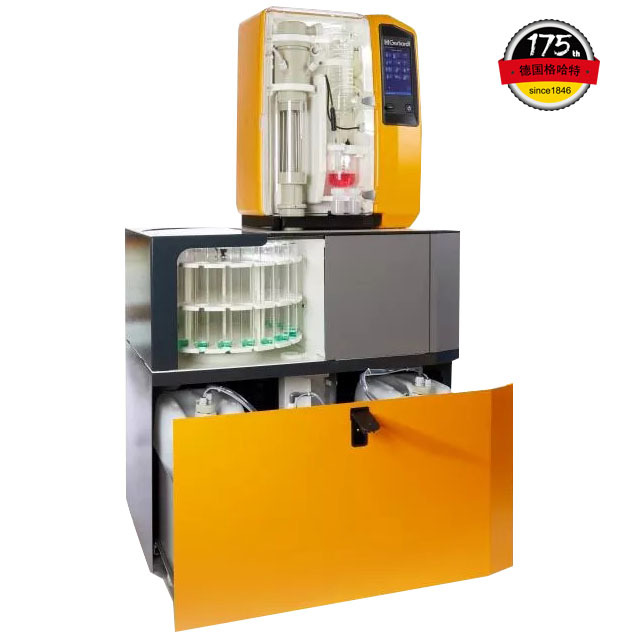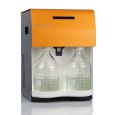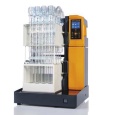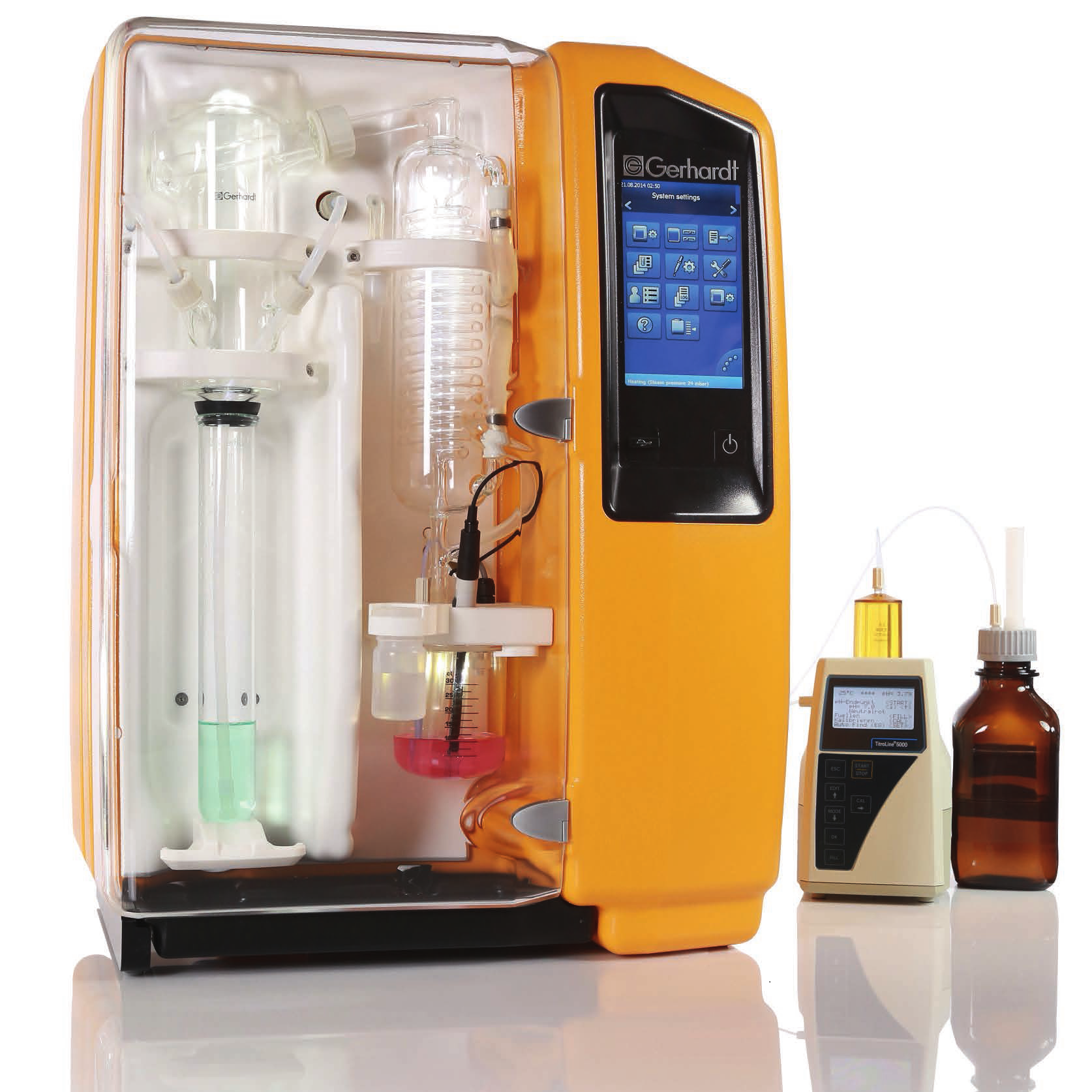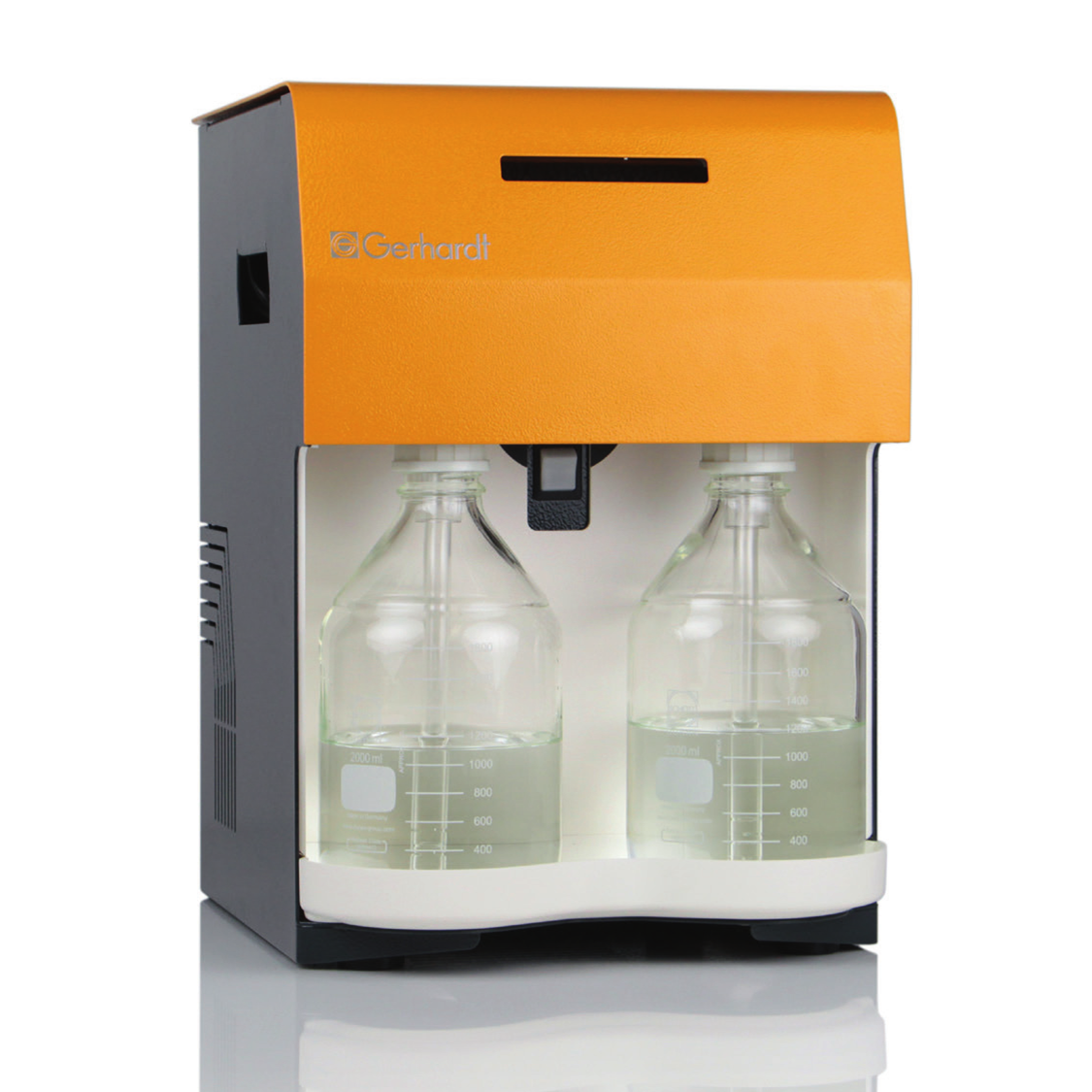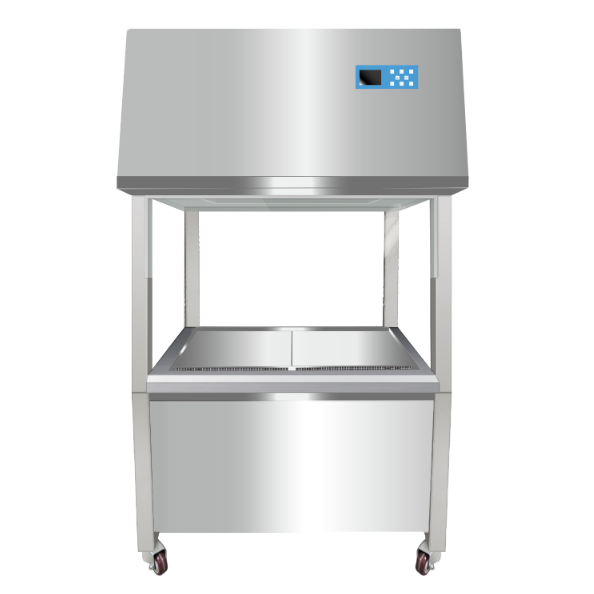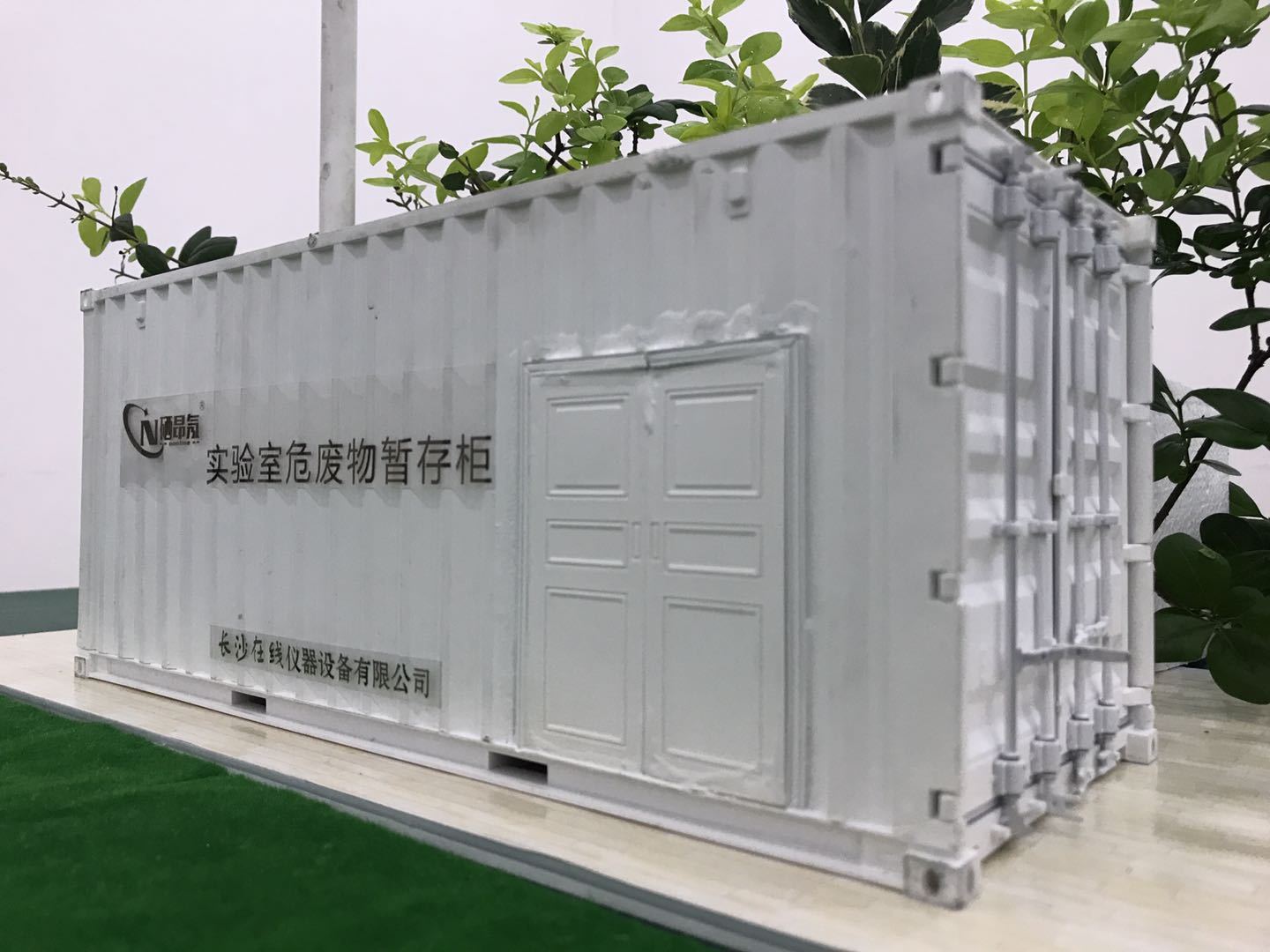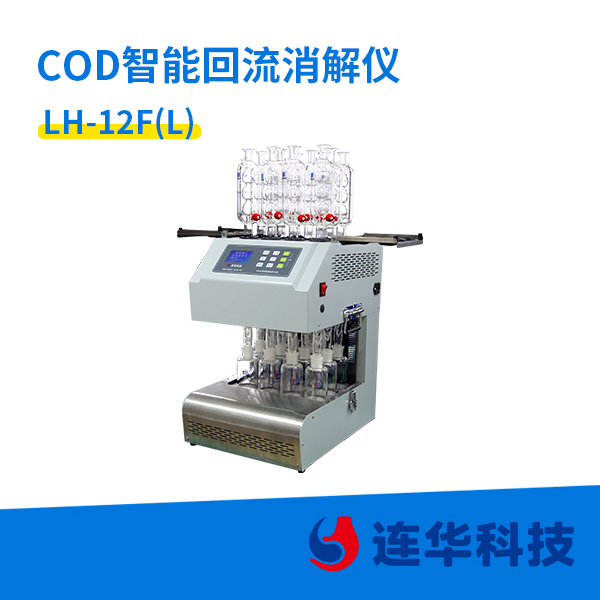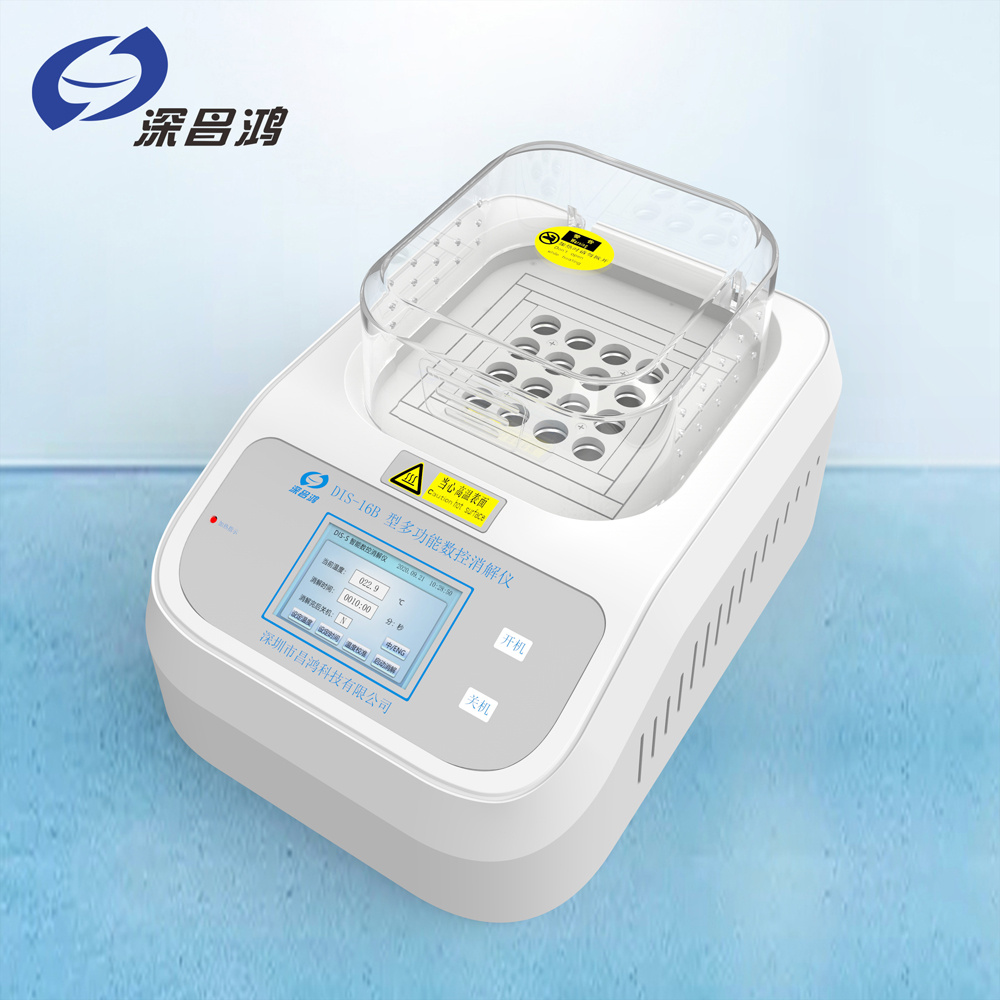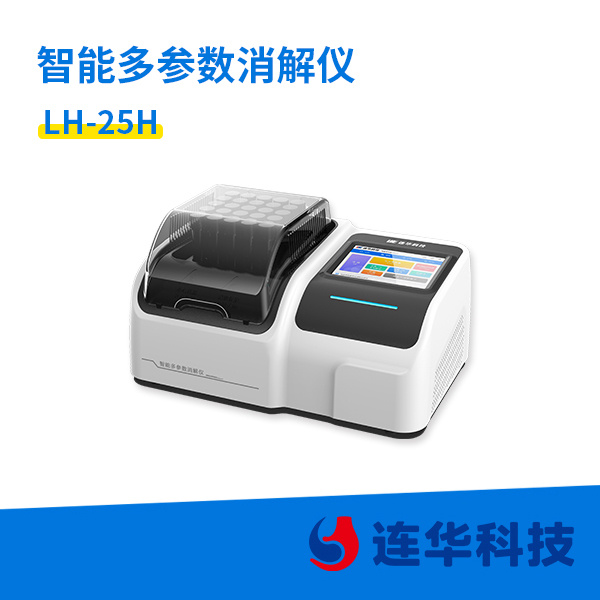方案详情
文
植物生长生物刺激剂中废水污染的利用Utilization of wastewater pollution in plant growth biostimulants
方案详情

植物生长生物刺激剂中废水污染的利用Utilization of wastewater pollution in plant growth biostimulantsIOP PublishingForestry-2021IOP Conf. Series: Earth and Environmental Science 875 (2021) 012003 IOP PublishingForestry-2021IOP Conf. Series: Earth and Environmental Science 875 (2021) 012003 doi:10.1088/1755-1315/875/1/012003 doi:10.1088/1755-1315/875/1/012003 植物生长生物刺激剂中废水污染的利用 Utilization of wastewater pollution in plant growth biostimulants L Bryndina and A Korchagina* Department of Chemistry, Voronezh State Forestry Engineering University named after G. F. Morozov, 8 Timiryazeva Street, 394087, Voronezh, Russian Federation *E-mail: korchaginaay@vgltu.ru Abstract. The Voronezh Region is a highly developed agro-industrial complex that exerts a burden on the environment . The ar t icle deals with the disposal of wastewater pollution with t he production of technological products. The aim of t he study was to create a biost i mulator of plant growth from the waste water of a meat processing plant by enzymatic hydrolysis with t he addition of 5% of a consortium of microorganisms from t he i ntestines of pigs and t o study its properties on the seeds of Scots pine. The resul t ing hydrolysates have a high biological value with a complete amino acid composition. The biostimulator contains 92.52% amino acids.Identification of growth st i mulation of seed sowing qualities was determined i n t he l aboratory.The results of the experiment show that in the control sample, the seeds were soaked with distilled water, the germination energy was 71.3%, and t he laboratory germination rate was 82%. When studying the prototype i mpregnated with a biostimulator, the germination indicators were: germination energy 85.3%, germination 93.3%. The resulting amino acid biostimulator increased the shelf l i fe of seeds by 11.3%. The biostimulator helped to i ncrease the quality class of seeds, which allows to reduce the seeding rate per unit area during sowing and reduce costs. 1. Introduction Modern agricultural production is impossible to i magine without the use of plant growth regulators.Their use activates the immune systems of plants, increases stress resistance. Today, the market fo such drugs is huge. Many plant growth stimulators of chemical and biological origin have been created [1]. But in the transition to ecological agriculture, preference is given to the latter. As a rule biostimulants are obtained from substances of natural origin - fungi, bacteria, algae, peat, coalsapropel, etc. [2]. This group of substances also i ncludes am ino acids. Active research of the action of amino acids on plants began i n the 70-80-ies of the last century. So the f irst biostimulator of animal origin based on amino acids and peptides Siapton R was developed in Italy in 1969 from waste from slaughterhouses obtained by hydrolysis of raw materials to amino acids and peptides [3-5]. Siapton @promoted the formation of roots, improved the absorption and t ransport of macro-and microelements by plants. The analysis of the market of biost i mulants showed a tendency of its increase. According to forecasts, by 2025, their production will reach 3,800,000,000 USD. In the Russian market, these products are mainly represented by preparations of foreign production. The development of domestic compet i tive biost i mulants will solve t he problem of i mport subst i tution. Sources of proteinogenic amino acids can be various organic waste products. Most (up t o 90%) of the amino acid biostimulants of plant growth are obtained by chemical hydrolysis of proteins [6,7].While fermented hydrolysates allow you to preserve the entire complex of amino acids that make up the waste. In this regard, i t is worth paying attention to the possibility of obtaining new non-traditional amino acid biostimulants from the waste water of meat processing plants by microbial fermentation with the microbiome of the gastrointestinal tract of slaughtered animals, t he contents of which are washed into the sewer. Wastewater from meat processing plants contains up to 40% protein [8]. Microbial fermentation of wastewater pol l ution will create useful products of microbiological processing of organic waste, reducing t he burden on t he environment The aim of the study was to conduct a comparative assessment of the effect of amino acid biostimulants obtained by chemical and microbiological methods on the growth and development of plants. 2. Materials and methods The objects of the study were wastewater from enterprises of the agro-industrial complex of Voronezh, the intest i nal microbiome of pigs (LLC"Bobrovsky Meat Processing Plant"), seeds of scots pine collected at the end of November 2020. Wastewater was subjected to enzymat i c hydrolysis for 7 days at a temperature of 40±2℃.A consortium of microorganisms f rom the gastrointest i nal tract of pigs was introduced i nto t he wastewater at a concentration of 5% by volume of the runoff. As a control, wastewater was used without the addition of a consortium of microorganisms. The total protein was determined on an automatic c Turbotherm unit (Gerhardt), amine n itrogen-spectrophotometrically using2,4,6-trinitrobenzenesulfonic acid. The degree of hydrolysis S was determined as the ratio of amine nitrogen to total protein. The amino acid composition was determined by i on exchange chromatography with post-column derivatization with ninhydrin. The study of the effectiveness of the biostimulator was carried out on t he seeds of Scots pine (Pinus Sylvestris). The seeds were collected in the second half of November in a natural stand i n the Voronezh region, which belongs to the V zone of seed harvesting. The effect of stimulating the growth of seed sowing qualities (germination energy and germination rate) was determined in t he laboratory, i n accordance with t he current GOST 13056.6-97“Seeds of trees and shrubs. Method for determining germination”[9]. For germination, externally whole seeds were selected, soaked for 24 hours according to the scheme: control (in water), experiment (in a biostimulator), the ratio of the volume of seeds and solution 1:5. All studies were carried ou t in three-fold repet i tion. The prepared seeds were washed and placed i n Petri dishes on a wet bed of fi l ter paper folded i n four layers. Petri dishes were placed in t he “Sanyo MIR-154” thermostat. During seed germination, the bed was kept moist by periodically wetting the filter paper with distilled water. The temperature in the thermostat i s 25-27 ℃. Seed sprouts were counted on the 5th, 10th, 12th days, and germination energy was counted on the 10th. On the day of accounting, the number of sprouted and non-sprouted seeds was calculated. On t he day of the f inal germination count, t he number of seeds remaining on the bed was determined by the number of non-sprouted, rotted, steamed, empty and i nfected with pests. The obtained data was entered in the table. 3. Results Many scientists note that amino acids exhibit immunomodulatory, anti-stress, regulatory proper t ies [10], increase the abi l ity to assimilate nutrients and resistance to pests and diseases [11], etc. In the works of other researchers, i t is shown that in free form, amino acids are involved in t he mechanisms of plant resistance and adaptation to stress, in the regulation of water and nitrogen metabolism, are precursors of phytohormones and other biologically active substances, have antioxidant properties, ete (table 1) [11,12]. It should be noted t hat only proteinogenic (protein) amino acids are actively i nvolved in metabolism, synthesized inside plants, and are well absorbed by them. doi:10.1088/1755-1315/875/1/012003 Table 1. The role of amino acids in plants. Name of the amino acid Functions Aspartic acid + asparagine activates seed germination, a source of organic nitrogen Threonine regulates the operation of leaf stomata under unfavorable climatic conditions Serin promotes plant resistance in drought conditions Glutamic acid + glutamine stimulates s seed d germination, accelerates growth, participates in the synthesis of chlorophyll Glycine promotes the growth of tissues, the synthesis of chlorophyll and vitamins Alanine optimizes water exchange, increases plant resistance in drought conditions Valine activates the germination of seeds, improves the taste of fruits, increases the resistance of plants to adverse natural factors Methionine activator of phytohormones and substances that affect the growth and development of plants Isoleucine accelerates pollen germination, increases plant resistance in drought conditions Leucine increases plant resistance to heat, drought, and salinity Tyrosine a compound of proteins that increases the resistance of plants to heat, drought and salinity Phenylalanine affect the thickness of the cell walls, stimulates seed germination Histidine improves the absorption of nutrients Lysine participates in the synthesis of chlorophyll, increases resistance to drought, regulates the work of leaf stomata, activates pollen germination Arginine participates in the synthesis of hormones associated with the formation of flowers and fruits, promotes the penetration of nutrients into the root system Proline synthesizes chlorophyll, promotes moisture retention and gas exchange Tryptophan promotes the formation of the root system, helps the plant to overcome a stressful situation Non-proteinogenic amino acids can act as i nhibitors, delaying certain steps of amino acid biosynthesis or contributing to the formation of f alse sequences i n the synthesis of proteins [13,14]. According to t he data presented in figure 1, t he hydrolysis of organic waste by the gut microbiome of animals is more intense than in the control sample. After 24 hours of fermentation, the degree of hydrolysis was 16% higher than the control. By the 3rd day, there i s a sharp i ncrease i n the hydrolysis products i n the prototype. This i s since the presence of a significant amount of protein compounds i n wastewater contributed to the activation of proteolytic enzymes of the microbiome. The degree of hydrolysis i ncreased by 28.6 times compared to the control. The maximum degree of hydrolysis was noted on day 7 and amounted to 77.1 % in the experimental and 19% in the control samples. Then there is a decrease in the degree of hydrolysis, which i s probably due to the further decomposition of organic waste. IOP Conf. Series: Earth and Environmental Science 875 (2021) 012003 doi:10.1088/1755-1315/875/1/012003 Figure 1. Degree of hydrolysis. Soft treatment modes of wastewater pollution allowed us to obtain a product of high biological value, while maintaining a full-fledged amino acid composition (f igure 2). Figure 2. Amino acid composition of the biostimulator. Table 2. Comparative evaluation of a biostimulator from wastewater with known plant growth stimulators. Biostimulator Content of free amino acids,% Glutamic acid,% Lysine,% Glycine,% Raikat Start 4 0.96 0.56 0.48 Aminokat 10 2.4 1.4 1.2 Aminosol Plus 59 6.2 3.5 3.5 Waste water 92.52 11.11 5.53 9.37 biostimulator Table 3. Effect of the biostimulator on t he germination energy and l aboratory germination of Scots pine (Pinus Sylvestris). The number of The number of non- oo seedlings in the day, pieces 5 7 day day day12 day o ouoo au oo germinated seeds, piecesoo o 1 2 3 4 6 6 7 8 9 10 11 12 13 14 Control 1 16 14 4 5 68 78 11 3 一 6 2 一 78 2 15 17 4 6 72 84 8 2 5 1 一 84 3 16 15 6 5 74 84 8 2 一 5 1 — 84 Average value 12.3 15.3 4.6 5.3 71.3 82 9 2.3 5.3 1.3 82 Waste water biostimulator 2 3 4 6 6 7 8 9 10 11 12 13 14 21 16 5 4 84 94 3 — 1 2 94 2 24 9 10 4 86 94 3 一 一 1 2 一 94 3 23 8 12 3 86 92 4 1 1 一 2 一 92 Average value 22.6 10.3 9 3.6 85.3 93.3 3.3 0.3 0.6 0.3 2 93.3 Raikat Start 1 2 3 4 6 6 7 8 9 10 11 12 13 14 1 15 12 10 7 74 88 6 2 3 — 1 一 88 2 14 13 11 7 76 90 5 1 2 一 一 90 3 12 10 11 11 66 86 7 2 2 2 1 86 Average value 13.6 11.6 10.6 8.3 72 88 6 1.6 2.3 0.6 1.3 一 88 Aminokat 1 2 3 4 6 6 7 8 9 10 11 12 13 14 1 15 11 11 7 74 88 6 2 3 一 1 一 88 2 14 14 10 8 76 92 4 1 一 3 一 92 3 13 15 11 6 78 90 5 2 一 1 3 — 90 Average value 14 13.3 10.6 7 76 90 5 1.6 1 1.3 1.3 90 Aminosol Plus 1 2 3 4 6 6 7 8 9 10 11 12 13 14 1 15 17 8 5 80 90 5 1 1 1 2 一 90 2 14 15 9 7 76 90 5 2 一 2 1 一 90 3 10 15 14 8 78 94 3 1 一 1 1 一 94 Average value 13 15.6 10.3 6.6 78 91.3 4.3 1.3 0.3 1.3 1.3 一 91.3 Under the action of the enzyme systems of the microbiome, a deep destruction of wastewater proteins occurs. The content of free amino acids was 92.52%. 17 amino acids were found in the t est product. While in the well-known preparation with an i ncreased content of amino acids, Aminofol Plus contains 9 amino acids (Tyrosine, Arginine, Alanine, Lysine, Prol i ne, Serine, Threonine, Val i ne and Glutamic acid). The content of free amino acids is 59%. In foreign analogues: Raikat Start,Aminokat -free amino acids 4 and 10%, respectively. It should be noted that the content of glutamic acid, lysine and glycine, which are declared as the main ones in foreign analogues, t he resulting biostimulator exceeds several times (table 2). Since the resulting biostimulator contains a high content of glutamic acid, which activates seed germination, we conducted studies on the effect of the biostimulator on t he germination energy and laboratory germination of seeds of scots pine (Pinus Sylvestris). In our experiments, we observed t hatt he use of an amino acid biost i mulator i mproved all the characteristics of seed germination. Treatment of seeds with the obtained amino acid hydrolysate increased germinat i on by 11.3% in relat i on to the control, germination energy-by 14%, while the number of non-germinated seeds decreased by 2.7times (t able 3). This may be due to the positive role of amino acids i n t he mobil i zation of nut r ients.The results obtained by us confirm the studies of other scient i sts about the significant influence of free amino acids on the work of t he synthesizing apparatus of plants, participation in the regulation of metabolism [11,15,16]. It should be noted that the treatment of seeds with Raikat Start , Aminokat and Aminofol Plus also contributed to an increase i n germination and seed germination energy. But i t was lower compared to the proposed biost i mulant by 5.3%, 3.3% and 2%, respectively. Perhaps this i s due to the method of obtaining a biostimulator. Enzymatic hydrolysis allows you to save t he l argest amount of amino acids.This in turn affects the formation of peptides in the plant-elements of signal i ng proteins that perform regulatory functions. 4. Conclusion The results of the study of the degree of hydrolysis and amino acid composition of fermented meat processing waste show the possibi l ity of their use for a waste-free processing process to obtain biost i mulants. According to the results of the study of the effect of the biost i mulator on the sowing qualities of scots pine seeds, i t was found that the seeds previously soaked in t he biostimulator have better germination and germination energy compared to the control. It is established that microbial fermentation of protein pollutants of wastewater allows to obtain a biostimulator with a more complete set of amino acids. The resulting amino acid biostimulator increased the level of seed shelf life by 11.3%. The biostimulator helped to i mprove t he quality class of seeds, which allows to reduce the seeding rate per unit area during sowing and, as a result, reduce costs. Acknowledgments The work was carried out with t he f inancial support of t he RFBR in the f ramework of the project 20-34-90126“Optimization of the biocenosis of activated sludge of urban wastewater treatment plants”contract No. 20-34-90126\20. References [1] Dmytryk A, Roj E, Wilk R, Chojnacka K and Goresky H 2014 Effect of new biostimulators on the initial phase of plant growth. Przem. Chem. 93(6) 1020 [2] Baranowska B, Myszkowska I and Szczygielska E 2019 Impact of growth biostimulators and herbicide on the yield structure of edible potato tubers (Solanum tuberosum L.). Acta Agroph. 26(1) 25 doi: org/10.31545/aagr/106221 [3] Myszkowska I 2019 Biostimulators as a factor affecting the dry matter yield and starch content of edible potato tubers. Acta Agroph. 26(1) 37 doi: org/10.31545/aagr/108535 [4] Kapczynska A, Kowalska I, Prokopiuk B and Pawlowska B 2020 Rooting media and biostimulator goteo treatment effect the adventitious root formation of pennisetum“vert i go” IOP Conf. Series: Earth and Environmental Science 875 (2021) 012003 doi:10.1088/1755-1315/875/1/012003 cuttings and t the qual i ty of the final product. Agriculture 10 570 doi:org/10.3390/agricul t ure10110570 [5] El-Attar A and Ashour H 2016 The influences of Bio-stimulator Compounds on growth,essential oil and chemical composition of chamomile plants grown under water stress.Arabian Journal of Medical and Aromatic Plants 2 1 doi:org/10.48347/IMIST.PRSM/ajmap-v2i1.4857 [6] Bryndina L, Il'ina N and Korchagina A 2020 Biorecycling organic waste based on fermentation.Collection: Modern Aspects of Production and Processing of Agricultural Products 3(39)184 [in Russian] [7] Khan N 2021 Application of plant growth promot i ng microorganism and plant growth regulators i i r nagricultural al P production and research. J. Agron. 11(3))5524 doi:org/10.3390/agronomy11030524 [8] Puglia D, Pezzol l a D, Gigliotti G and Torre L 2021 The opportunity of valorizing agricultural waste, through hits conversionintoo biostimulants,biofert il izers,and biopolymers.Sustainability 13 2710 doi: org/10.3390/su13052710 [9] GOST 13056.6-97 1998 Seeds of trees and shrubs. Method for determining germination (GOST, Moscow, Russia), available at: https://docs.cntd.ru/document/1200025567 [10]F Kavipriya R 2018 Influence of biostimulants and plant growth regulators on physiological and biochemical traits in tomato (Lycopersicon esculentum Mill.). Madras Agric. J. 105(4) 225doi : 10.29321/MAJ.2018.000135 [11]T Nephali L and Piater L 2020 Biostimulants for plant growth and mit i gation of abiotic stresses: A metabolomics perspective. Metabolites 10(12) 505 doi : 10.3390/metabo10120505 [12]Basharat H, Muzafar Z and Shabeena F 2021 Bacterial plant biostimulants: A sustainable way towards improving growth, productivity, and health of crops. Sustainability 13 2856 doi:org/10.3390/su13052856 [13]Alamri S, Siddiqui M, Al-khaiskani M and Ali H 2018 Response of salicylic acid on seed germination and physio-biochemical changes of wheat under salt stress. Acta Sci. Agric. 2(5)36 [14]Castillo-Conzales A, Burolla-Barraza M, Viveros J and Chaves-Martinez A 2013 Rumen microorganisms and f fermentation Arch.h. 入 Med 1..Vet.46(3)):349doi:110.4067/SO301-732X2014000300003 [15] Majkowska-Gadomska J, Francke A aand Dobrowolski A 2017 The effect of selected biostimulants on seed germination of four plant species. Acta Agroph.24(4) 591 [16]T Michalak I 2016 The potential usefulness of a new generation of agro-products based on raw materials of biological origin. Acta Sci. Pol.-Hortorum Cultus 15(6)97
确定

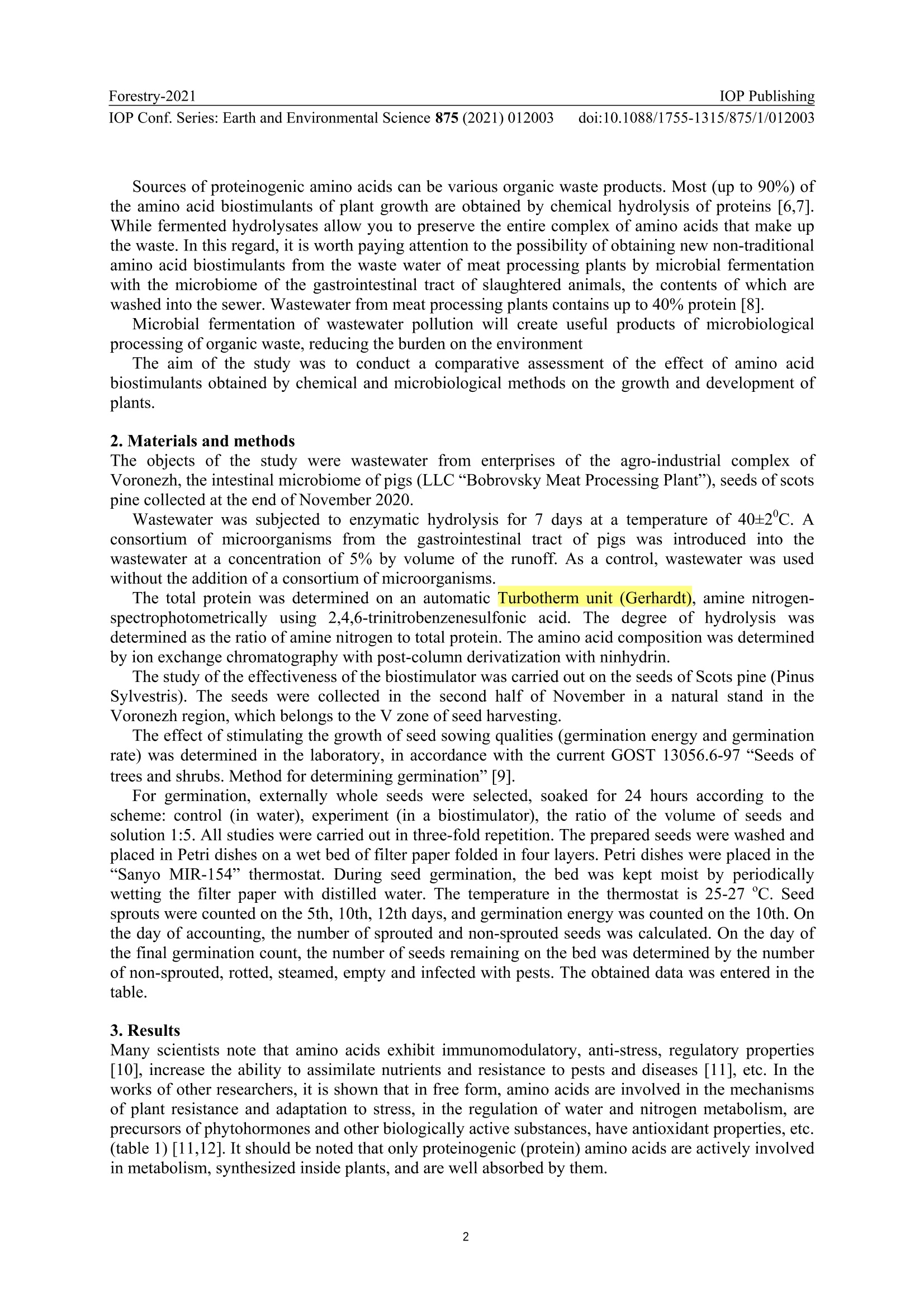
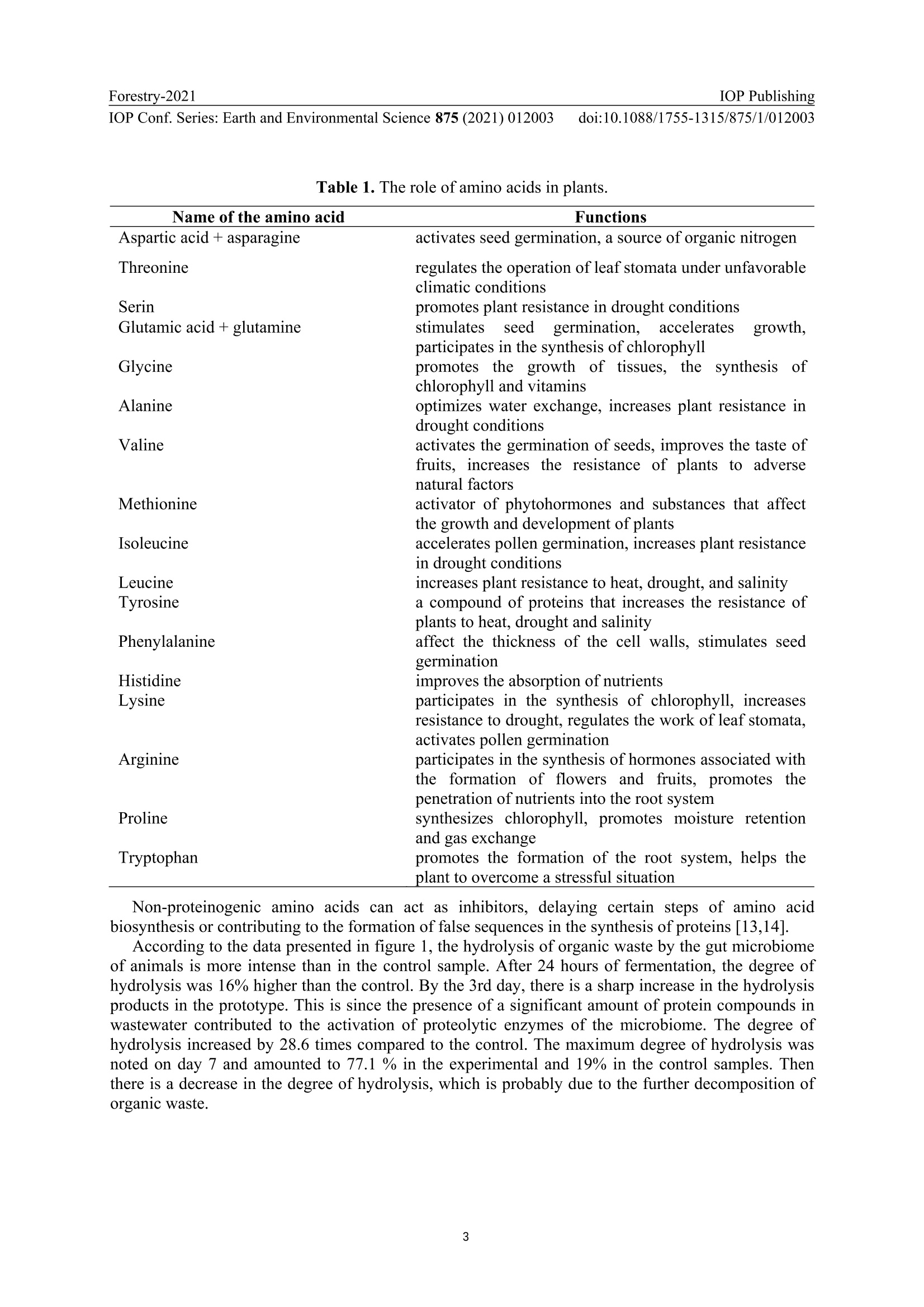
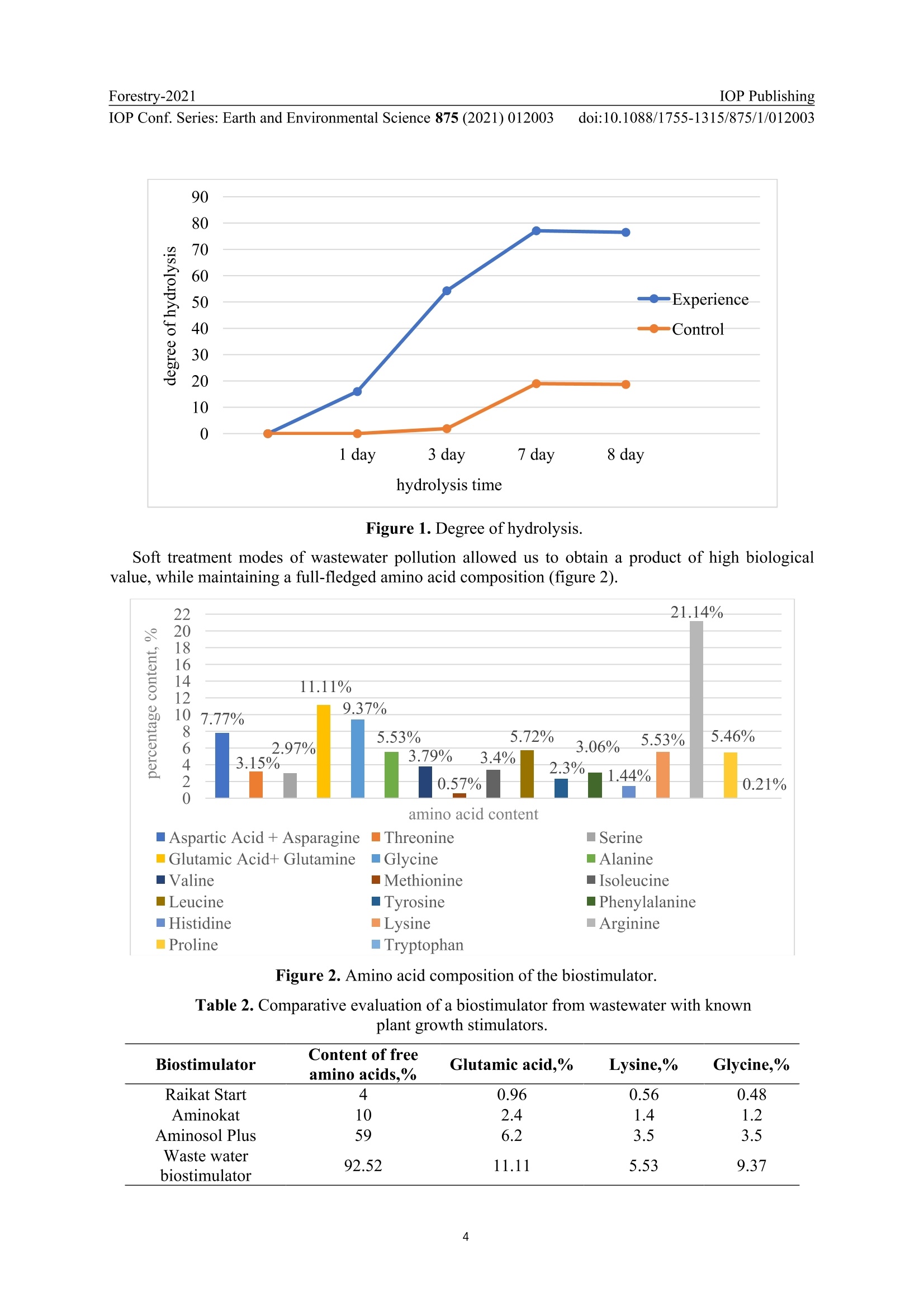
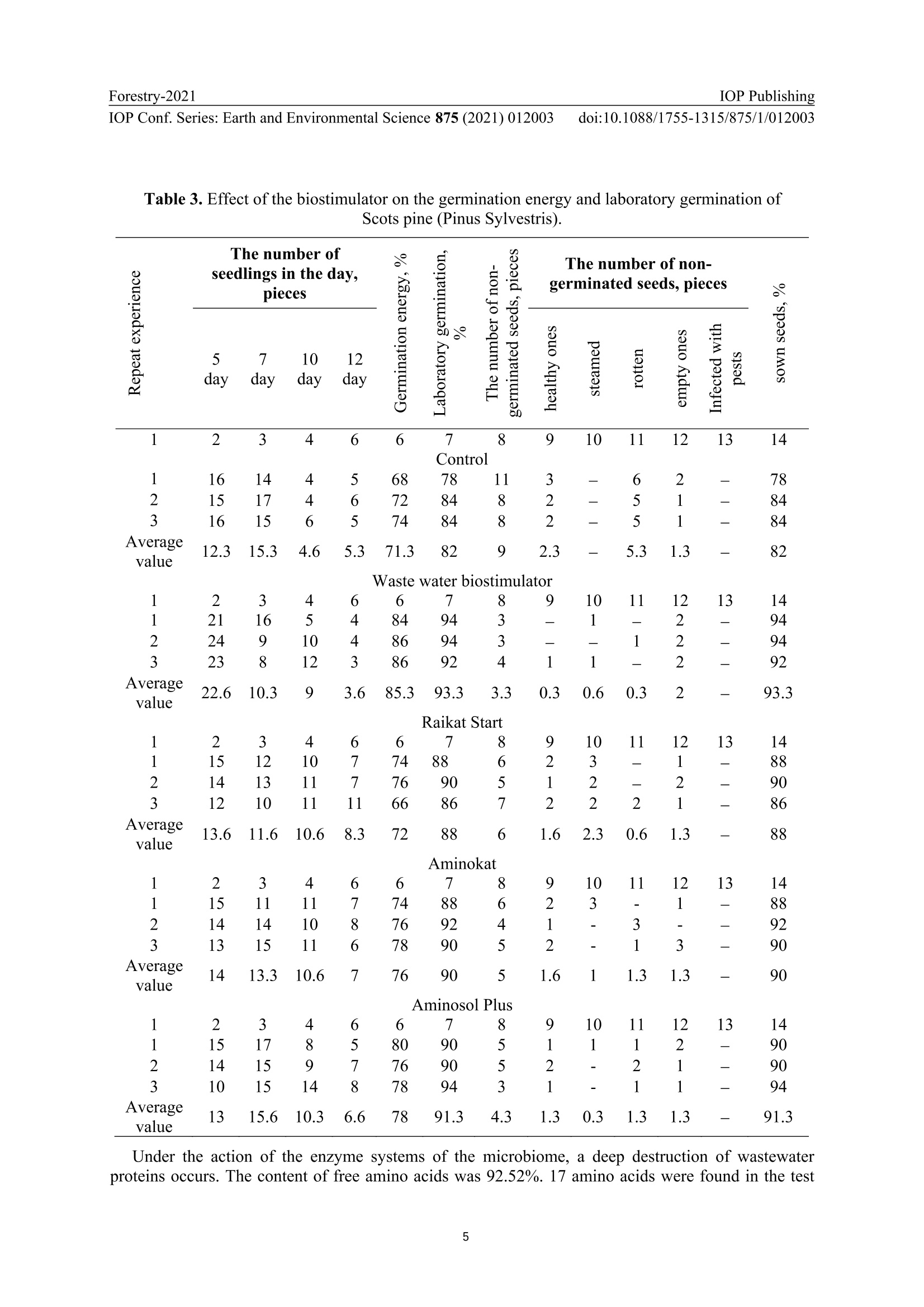

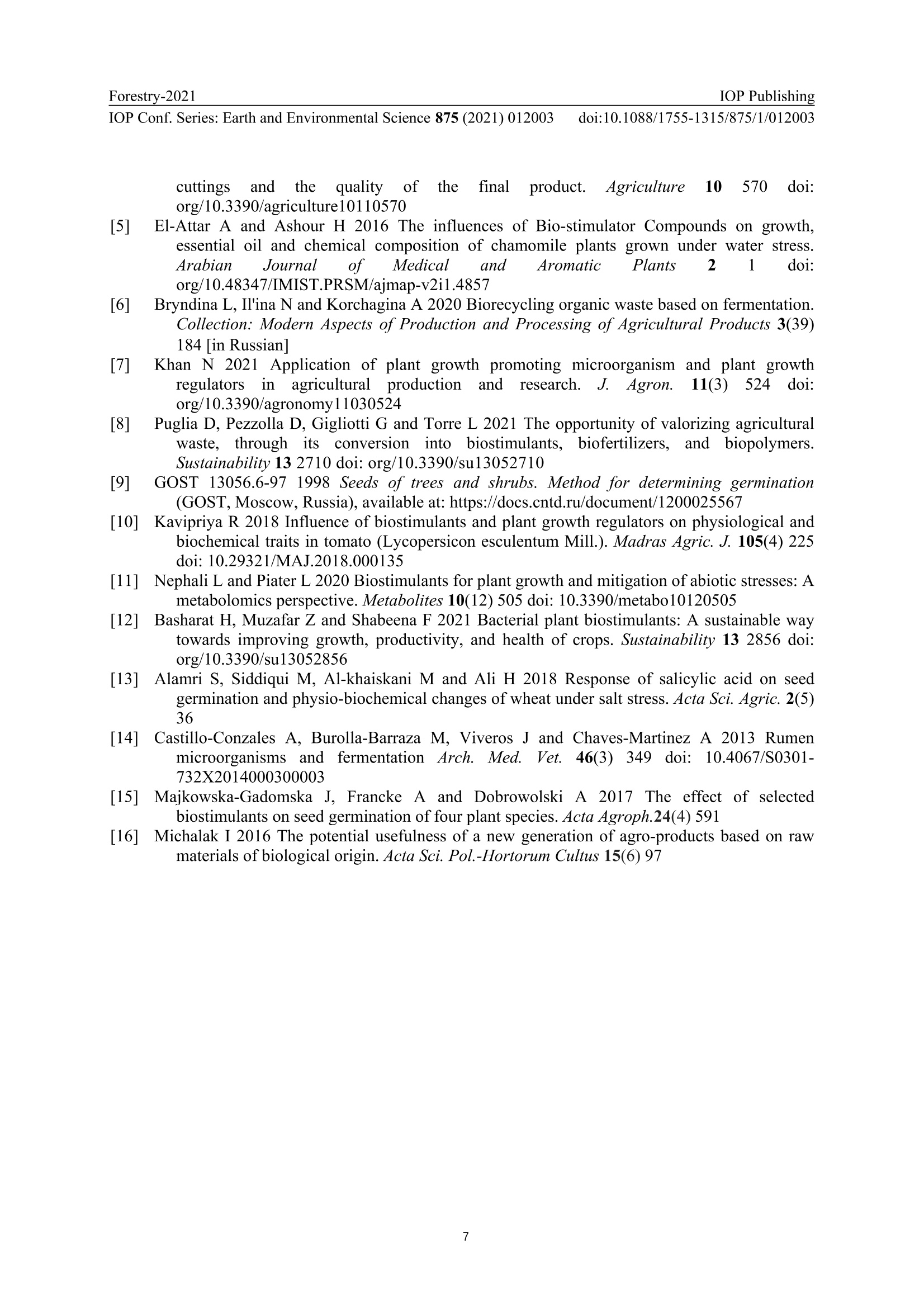
还剩5页未读,是否继续阅读?
中国格哈特为您提供《植物生长生物刺激剂中废水中总氮的检测》,该方案主要用于废水中营养盐检测,参考标准《GB/T 11891-89水质 凯氏氮的测定》,《植物生长生物刺激剂中废水中总氮的检测》用到的仪器有格哈特带自动进样器凯氏定氮仪VAP500C、格哈特快速干燥仪STL56、格哈特红外加热消解快速消化系统TTs125、格哈特维克松废气实验室废物处理系统涤气VS、格哈特化学需氧量COD消解仪CSB-L 20s、德国加液器MM、凯氏定氮催化剂5.0g K2SO4+0.5g CuSO4 x 5H2O
相关方案
更多
该厂商其他方案
更多

